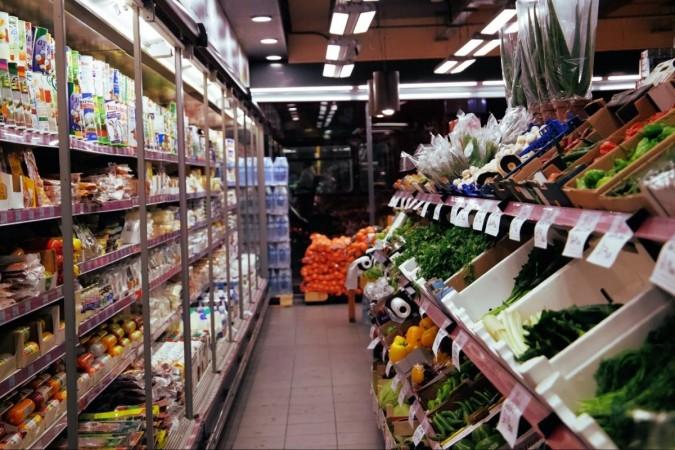
The economic landscape of India is witnessing a slight surge in the annual rate of Wholesale Price Index (WPI) inflation, which has edged up to 3.36% in June 2024, a minor increase compared to the same month of the previous year. This data, released by the Commerce Ministry, has been the subject of analysis by industry experts. The rise in WPI inflation is primarily attributed to the prices of food articles, which saw a significant increase of 10.87% during the month.
However, the inflation scenario is not entirely bleak. Sanjeev Agrawal, President of the PHD Chamber of Commerce and Industry (PHDCCI), pointed out that despite the rise in food prices, the WPI inflation remains benign. This is due to negative inflation in non-food articles and manufactured products, which stand at -4.41% and -0.42% respectively. These figures offset the increase in food prices, resulting in a lower overall WPI inflation rate.
Despite the rise in food costs, the broader index remains stable due to decreases in other sectors. This stability in the face of rising food prices is a testament to the resilience of the Indian economy and its ability to weather inflationary pressures.

Impact of Kharif Crops on Food Prices
The WPI inflation scenario is expected to change in the coming months. Experts predict that food prices will rationalise by September or October. This is when many of the Kharif crops, including rice, corn, and various pulses, will be entering the market, supplementing the existing supply.
The entry of these crops typically leads to a moderation in food prices, as the abundant supply helps to balance out the demand, thus rationalising prices that might have been inflated due to seasonal shortages or other factors. This expected rationalisation of food prices is a positive sign for the Indian economy, indicating a potential easing of inflationary pressures.
Aditi Nayar, Chief Economist at ICRA, echoed this sentiment, stating that the jump in WPI inflation was broad-based and along expected lines. She further added that the headline WPI inflation is expected to dip to 2% in July, driven by a favourable base, as well as some cooling in global commodity prices.
Implications for Monetary Policy
The expected dip in WPI inflation could have significant implications for the economy. The government and the Reserve Bank of India (RBI) may consider this as a positive sign, potentially allowing for a more accommodative monetary policy. This could mean considering interest rate cuts to boost economic growth, as lower inflation eases concerns about price stability.
The RBI may also use this as an opportunity to support credit flow and stimulate the economy, provided other economic indicators support such a move. Historically, similar trends have been observed in the Indian economy. For instance, in 2016, the WPI inflation had dipped to 3.15% in November from 3.39% in October, primarily due to a fall in food prices.
In conclusion, while the rise in WPI inflation due to increased food prices is a concern, the expected rationalisation of food prices and the predicted dip in WPI inflation provide a silver lining. The entry of Kharif crops into the market and the cooling of global commodity prices are likely to have a positive impact on the inflation scenario. The government and the RBI's response to these changes will be crucial in shaping the economic landscape in the coming months. As always, the key lies in balancing growth and stability, ensuring that the benefits of economic progress are equitably distributed.








